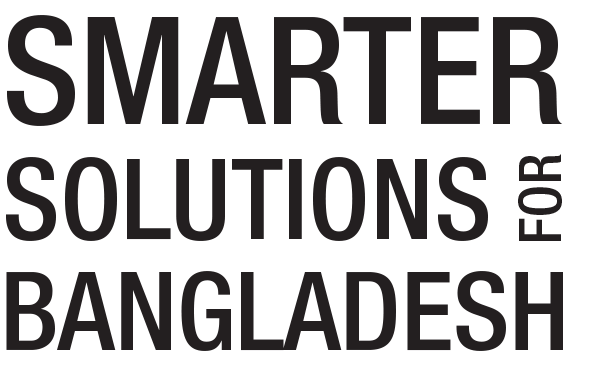Bangladesh Priorities: Padma Bridge Project, Rahman and Khondker
Research by Ashikur Rahman, senior economist at the Policy Research Institute of Bangladesh, and Bazlul Khondker, economics professor at the University of Dhaka, shows that even though the longstanding Padma Bridge project has been hindered by significant delays and cost overruns, the project is still cost beneficial. Every taka spent on the bridge would do about 2 takas of social good.
| Strategy | Takas of benefits per taka spent |
|---|---|
| Padma Bridge | 1.9 |
“Padma Bridge project was very attractive when first proposed, and a key concern was whether it may become less attractive or infeasible due to sharp cost increase,” said Bazlul Khondker, Professor of Economics at the University of Dhaka. “Our revised benefit-cost analysis shows that even given the escalated cost, the benefits will outweigh costs on balance.”
According to the Bangladesh Bridge Authority’s latest estimate, the total cost of the project has risen to Tk 287.93 billion (Tk 28,793 crore)—nearly three times higher than the original projected cost. But the analysis from Bangladesh Priorities demonstrates that price inflation and currency depreciation accounted for 91 percent of the cost increase from 2007 to 2015, and the overall benefits justify the costs.
Benefits of building road and rail transportation across the river would come from three main sources: decreased vehicle operating costs, increased time-savings, and a boost in GDP due to increased economic activities.
Currently, drivers have to use longer and poorer roads on alternate routes to cross the river. Once the bridge is complete, vehicle-operating costs will fall significantly. Plus, savings in travel time will account for nearly one-quarter of total benefits of the project. Over the 31 years following completion of the bridge, overall benefits to road users from these two sources are projected to be Tk 1.3 trillion (Tk 130,000 crore).
The economists estimate that over that three-decade timeframe, the bridge will reach its full traffic capacity of 75,000 vehicles each day. One-third of those vehicles will be trucks, which carry cargo and boost trade. The increased economic activity thanks to the Padma Bridge stands to permanently increase GDP of the Southwest region by up to 2.5 percent.
Even given the interruptions and budget overruns, completing Padma Bridge has potential to do 2 takas of good for each taka spent.

